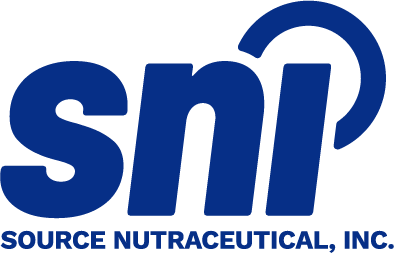Last month Health Canada released a Notice of intent to publish two Marketing Authorizations that could have a positive effect on the bone health of Canadians.
Vitamin D and Calcium are two important nutrients needed by our bodies to maintain good health. Both nutrients help to build and maintain bone health and help decrease the risk of developing osteoporosis; a disease that causes the bones to become weak and fragile.
Throughout the human lifespan, adequate intakes of Vitamin D and Calcium are needed to grow, remodel, and strengthen bones.
Vitamin D helps your body absorb Calcium and it helps your immune system fight off bacteria and viruses.
Food sources of Vitamin D include fatty fish, mushrooms, and eggs.
Calcium gives bones and teeth their strong structure, and it plays an important role in regulating heart and muscle contractions. Food sources of Calcium include milk, yogurt, cheese, and dark leafy vegetables like kale. Like Vitamin D, additional Calcium is fortified in plant-based beverages and infant cereals.
Fun fact:
the human body can make Vitamin D when the skin is exposed to UV rays from the sun.
Due to the limited availability of natural food sources rich in Vitamin D, Health Canada has raised the mandatory level of Vitamin D fortification in milk and margarine. This effort aims to enhance the intake of vitamin D among Canadians through their diet.
In July, Health Canada announced its intention to permit the fortification of Vitamin D in dairy-based yogurt and kefir. The new fortification levels will bump most fortified yogurt and kefir to least 25% of the daily value for Vitamin D. Food products containing at least 25% of the Daily Value (DV) of Vitamin D are permitted to make an “excellent source of Vitamin D” claim.

In a previous blog post, we summarized the new Front-of-Package (FOP) labelling regulations, which will require many products high in nutrients of public concern to carry symbols on their labels. While dairy products such as cheese and yogurt are important sources of Calcium, they can also be contributors of sugar, saturated fat, and/or sodium. To mitigate the concern that FOP could negatively affect Calcium intakes due to consumers avoiding dairy products carrying FOP symbols, there was initially an exemption for products containing a minimum of 10% -15% of the Calcium daily value (based on the serving size).
In the second part of Health Canada’s recent Notice of intent, the eligibility for the existing dairy-related FOP labelling exemption will be expanded by lowering the Calcium threshold to 5% of the DV. Additionally, food products containing at least 5% of the Daily Value of Calcium are permitted to make an “source of Calcium” claim.
For assistance with your food product labels, including verifying nutrient content claims, meeting fortification requirements, or providing guidance on front-of-package labeling





